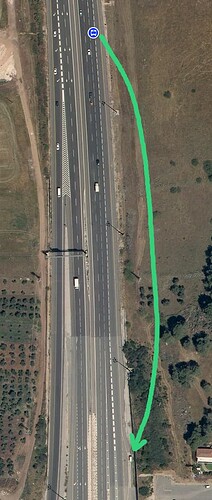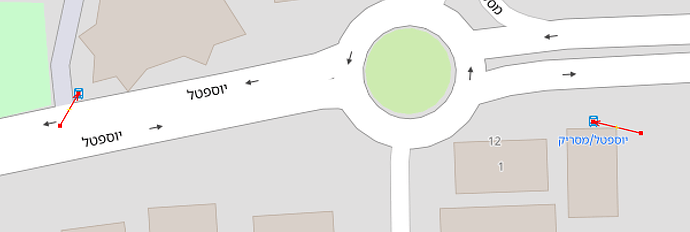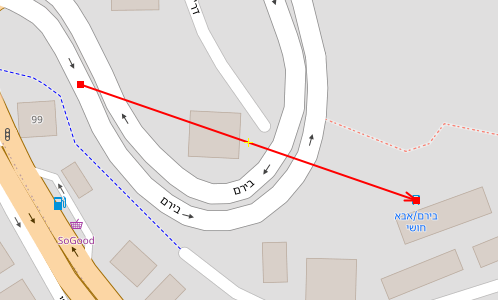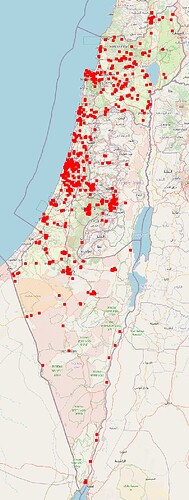I understand. FOSSGIS 2020 conference page 109: not exhaustive, in German, from 2020. I tried Deepl Translator with c&p of (parts of) the PDF contents, the translation is OK. At least it gives an overview why we started developing PTNA and where we came from.
PTNA evolved in the meantime and GTFS analysis is now part of PTNA. Comparing a single GTFS trip with an OSM route is possible as well as a comparison between a GTFS route and an OSM route_master.
I started a thread here in the OSM Community: PTNA news some time ago (with 153 contributions) including a discussion on how to compare GTFS with OSM.
An exhausitve documentaion is still missing though, there are so many ideas crying for realisation/implementation.
I did some online intros in the past with up to 20 participants. Benefit: with little preparation on my side, I can react on questions, dig into details here and there, … I could arrange such a session after September 16 and announce that in the “PTNA news: …” thread.
My next plans re. intro:
- have one or two talks on the next FOSSGIS, March 2025 conference in Münster, NRW, Germany (for DE, AT, CH).
- depending on the location of the next “State of the Map Europe” and/or “State of the Map”, repeat those talks, provide a workshop … (I don’t want to travel by aircraft though or do that online)




